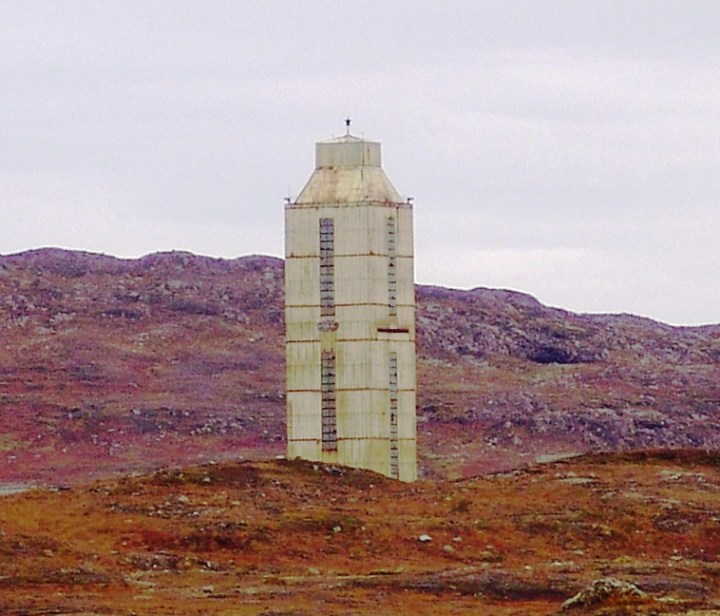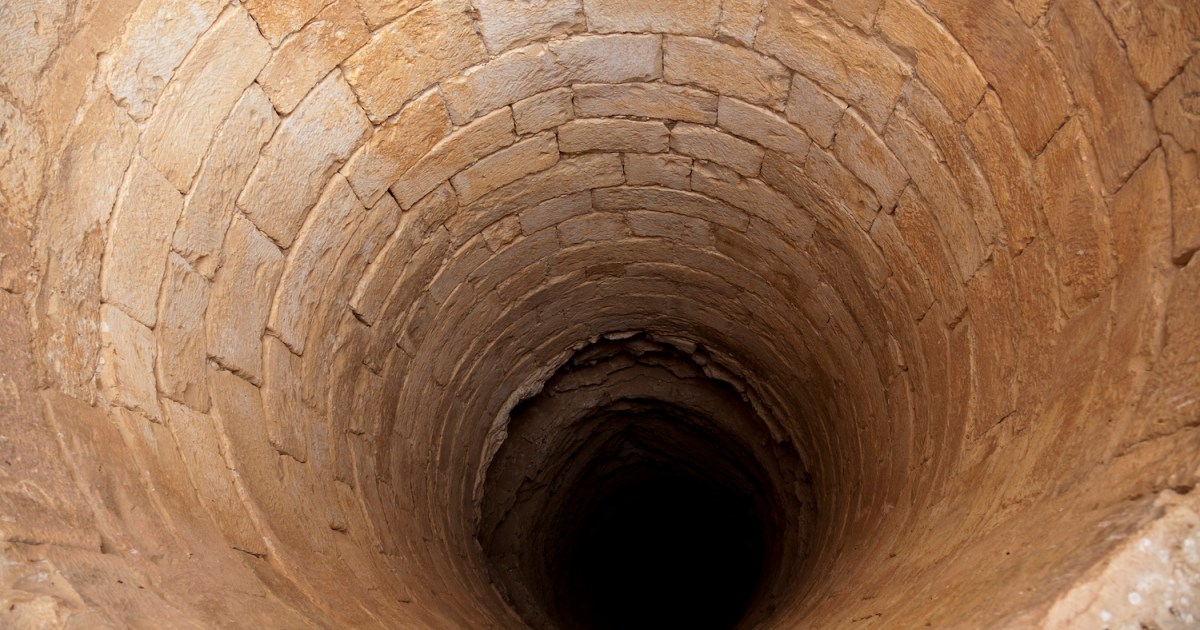There are quite a few resources that have been used to explore the depths of our earth. Despite this, deepest holes drilled by man they barely penetrated the earth’s crust, which is the outermost layer of the five that make up, from a chemical point of view, the structure of the earth. Its depth varies from 5 (oceanic crust) to 70 kilometers (continental crust).
Beneath it are the upper mantle, the lower mantle (starting at a depth of about 665 kilometers), the outer core (starting at a depth of 2,900 kilometers), and the inner core, a solid sphere that starts at a depth of about 5,155 kilometers.
However, the largest perforations made by man could penetrate only 25-30% of the earth’s crust (in its continental part), so the content and composition of the inner layers are known indirectly, for example, from earthquakes. These waves allow us to “see” the interior of the Earth, just like X-rays or magnetic resonance in the human body.
Only in the Al-Hajar Mountains in Oman is there an exposed part of the Earth’s mantle. However, this is a sample that was inside the Earth millions of years ago.
You might be interested in reading about scientists who descended into the hell pit in Yemen, liquid and metallic core of Mars or Japanese scientists drilled the deepest hole in the ocean.
Mohole Project, Mexico
The Mohole project, which is considered the largest scientific attempt to drill the Earth, began in 1961 off the coast of Mexico, where the earth’s crust is shallow. However, in 1966, American Miscellaneous Society (AMSOC) funds dried up and the initiative ended.
The goal was to reach the Mohorovićic rupture, colloquially known as the “Moho”, which is considered to be the boundary between the Earth’s crust and upper mantle.
However, drilling reached a depth of only 3.6 kilometers. It is estimated that in the excavation area the gap is located at a depth of about 4.8 km. Despite the failure, important samples were obtained and the project provided important insights into deep sea drilling.
Bertha Rogers, Oklahoma
The Bertha Rogers Well, located in Washita, Oklahoma, is the deepest well in the United States. It began to be drilled in the first half of the 1970s by The Lone Star Production Company, which was engaged in the search for hydrocarbons.
However, work was halted at a depth of 9.5 kilometers (6 miles) when the plant encountered molten sulfur that hardened the machinery. In addition, a pressure of 25,000 psi was recorded. Until 1979, it was the deepest excavation in the world.
Although no hydrocarbons were found, the drilling was used by Granite Wash, which plugged the well and extracted natural gas from a depth of about 3.3 km. The well stopped production in July 1997.
Kola, Russia

The deepest pit in the world for scientific purposes is located on the Kola Peninsula in Russia, near Murmansk. The Kola Superdepper began drilling in the Soviet Union in 1970 for scientific purposes. After five years of work, he had already reached 7 kilometers, and by 1989 – 12.2 kilometers.
The initiative was halted due to a stuck rig. The project is estimated to have cost over $100 million until it was cancelled.
Although it is the deepest scientific well in the world, it was surpassed in 2008 by the Al Shaheen oil well in Qatar, which reached 12.3 kilometers in 2011.
The project also inspired a Russian horror film. super deepthe plot of which centers on a group of researchers and the military investigating reports of a disease outbreak at a secret underground facility.
Bavaria, Germany

The KTB (German Continental Deep Drilling Program) was a German government initiative deployed in Windischeschenbach, Bavaria and reached a depth of 9.1 kilometers.
The program sought to study the properties and processes of the continental crust. He used a head capable of withstanding temperatures of 250 to 300°C, temperatures that would have to be recorded at depths of 10 to 14 kilometers. However, during excavations, 260°C was recorded.
Work began in 1987 and ended in 1995. From then until 2001, the equipment was used by the German Research Center for Geosciences to install a deep-sea seismic observatory.
Japanese Trench, Japan
In 2021, a team of Japanese researchers seeking to understand the origin of large earthquakes set a record for scientific drilling in the ocean. Aboard the Japanese research ship Kaimei, scientists drilled a hole in the so-called Japan Trench, the epicenter of the 9.1 magnitude earthquake that destroyed the Fukushima nuclear power plant.
After two hours and 40 minutes of work, the team recovered a sediment sample from a depth of just over 8.02 km, surpassing the 7.03 km achieved by the Glomar Challenger drilling vessel.
Source: Digital Trends
I am Garth Carter and I work at Gadget Onus. I have specialized in writing for the Hot News section, focusing on topics that are trending and highly relevant to readers. My passion is to present news stories accurately, in an engaging manner that captures the attention of my audience.











